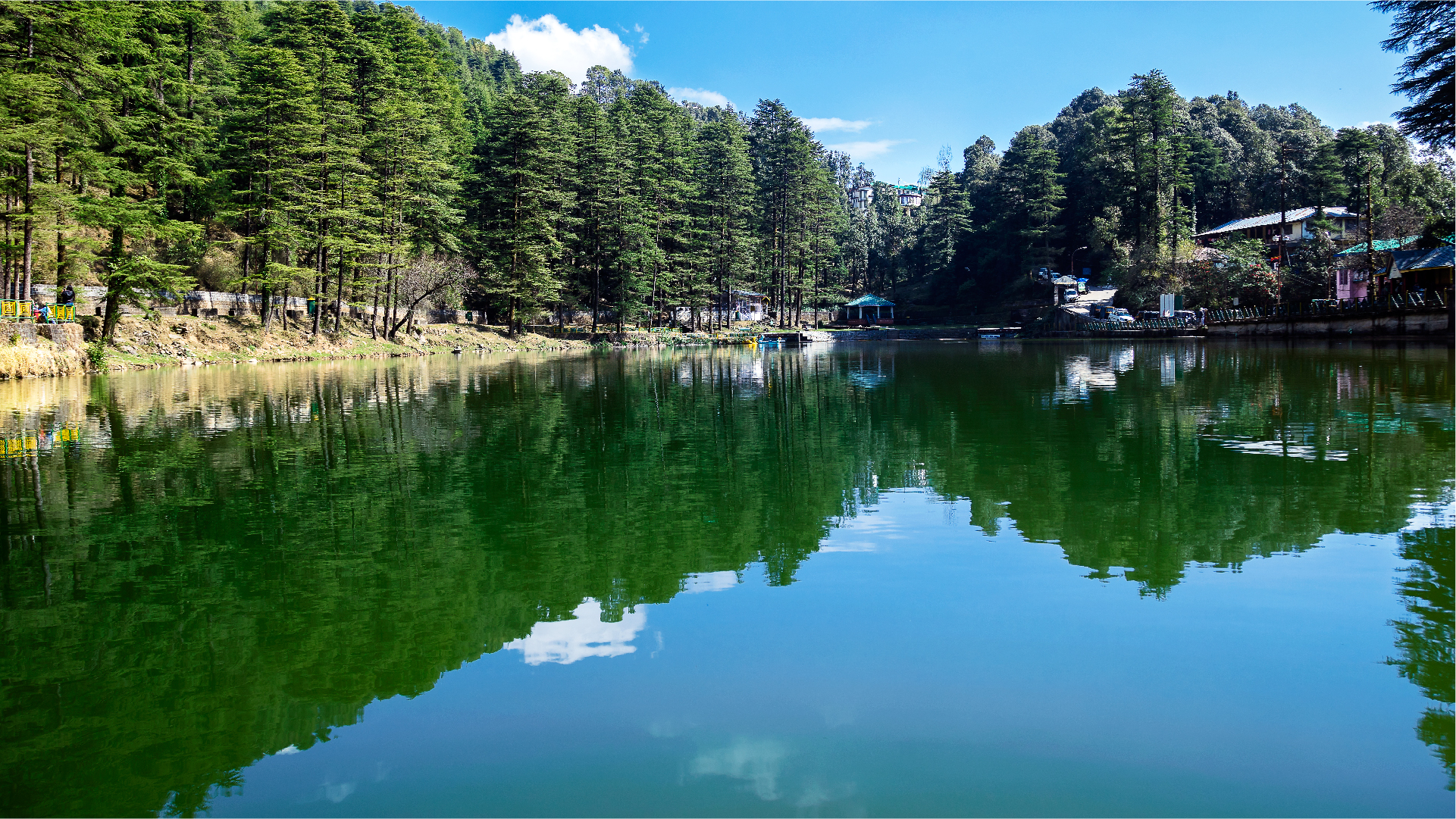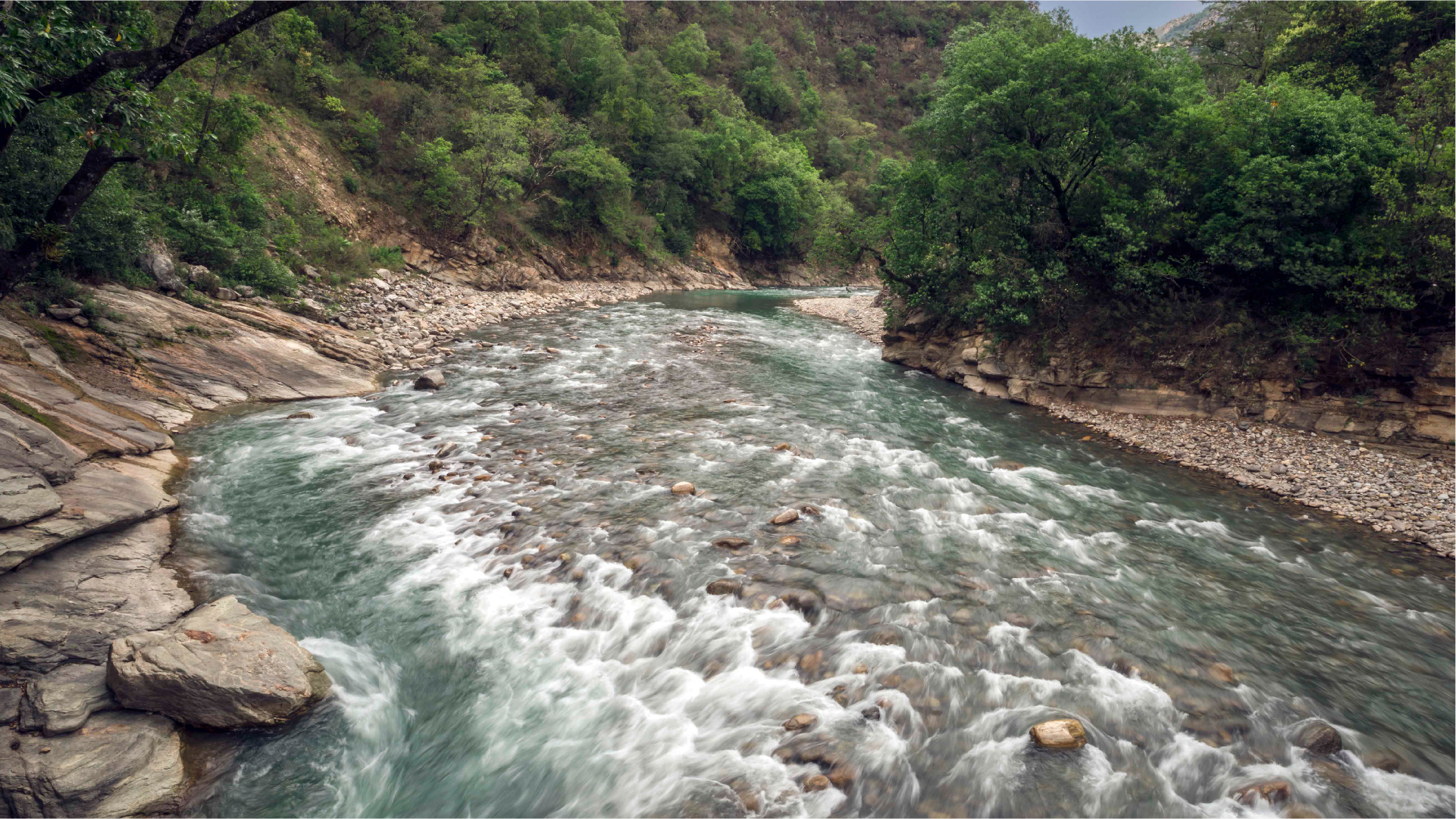
Sorry, we couldn't find anything that matches your search.
Destination

Famous Places to Explore in Hyderabad
A vibrant city with the imposing...

Raipur Tourist Places | Best Place to Visit
The stronghold of several erstwhile...

Ahmedabad
Declared as India's first UNESCO World...
#
India's forests are home to some unique wildlife that are a prized sighting. To find the majestic lions prowling around freely, Gir National Park is the only place in the world besides the jungles of Africa. Set on an adventure to spot the golden lions sprawled lazily in open stretches of land, along with the endangered white-backed and long-billed vulture, blackbucks and leopards padding away with sinuous grace. For night-time thrills, you can stay at the Kankai Mata, located at the heart of the jungle, where you can hear the ferocious roars of lions at night.
The only home of the wild ass in India, known for a dark stripe along its back, the Wild Ass Sanctuary, in Gujarat, is a must-visit. Indian wolves, blackbucks and striped hyenas add to the exciting experience of exploring this sanctuary.
One of the greatest wildlife emblems of the country, the UNESCO World Heritage Site of Kaziranga National Park, is famed as the home to two-thirds of the world's population of the rare one-horned rhinoceros. With the mighty Brahmaputra river lapping at the fringes, it also houses the threatened species of the Ganges river dolphin, along with a sizeable population of tigers. Moreover, the park is an abode of world-famous snakes - the rock python and the reticulated python and the longest venomous snake king cobra. The best way to explore the park is on an elephant safari.
Nestled in Madhya Pradesh, the Kanha National Park is commonly believed to be the background of English author Rudyard Kipling's novel, 'The Jungle Book'. With its enchanting lush green meadows and thick sal forests, it holds the distinction of bringing back the barasingha (swamp deer) from the brink of near extinction. It has also been the backdrop of many wildlife movies and is most famous as the home of the Royal Bengal tiger. Around 300 km away, lies the verdant Panna National park, which is among the best places to sight the tiger.
To sight the lithe and supple black panther or melanistic leopard, head to the Kabini Forest Reserve in Karnataka. Experience a host of wildlife while cruising along the Kabini river and enjoying coracle rides.
With a calming and serene landscape, the Silent Valley National Park, in Kerala, a part of the famous Nilgiri Biosphere Reserve, is revered for its wildlife. The UNESCO World Heritage Site offers exciting sightings of tigers, elephants and leopards, along with snakes.
Nature thrives in India and what better evidence of this than the fact that the bustling city of Mumbai, the financial capital of the country, is one of the few big cities in the world that has a wildlife park – Sanjay Gandhi National Park – within its precincts? From leopards, boars, flying fox to lions, macaques and a plethora of birds, the park is teeming with flora and fauna.
The erstwhile hunting grounds of kings and maharajas, some of these parks and sanctuaries host majestic forts and ancient temples and one of the best examples of this is the 10th century Ranthambore Fort, the centrepiece of the dry deciduous forest of Ranthambore National Park in Rajasthan. It was most popularly recognised as the ideal territory of the famous Ranthambore tigress, Machali, who died in 2016.
To experience the wild side of India, tourists can stay in the luxurious embrace of nature. From rustic mud huts to tree houses at various nature retreats, you can not only observe nature at close quarters but also wake up to the alarm call of songbirds, set off for early morning game drives snuggled under blankets in open jeeps, tuck into breakfast baskets and sip sundowners in the wild, enjoy a romantic candle-lit table-for-two dinners in exotic settings…
But the ultimate indulgence is in pulling up in the forest and acknowledging the presence of its many denizens; the bone-chilling howl of a pack of jackals, the snarl of a tiger, the large liquid eyes of a sambar fawn… Beauty is in the eyes of the beholder and in the heart of Indian jungles where Mowgli ran free with wolves, bears and leopards. Beauty is the beast.











